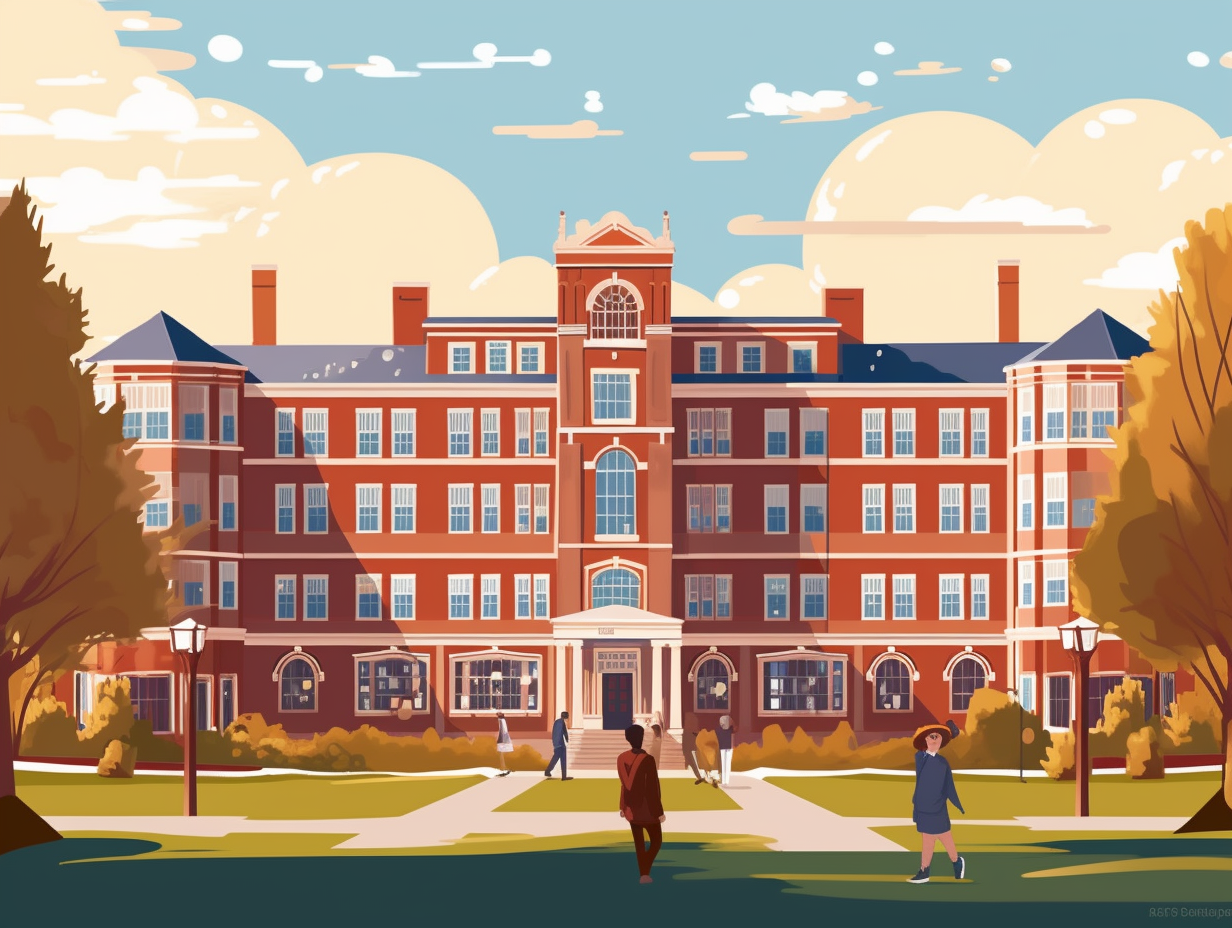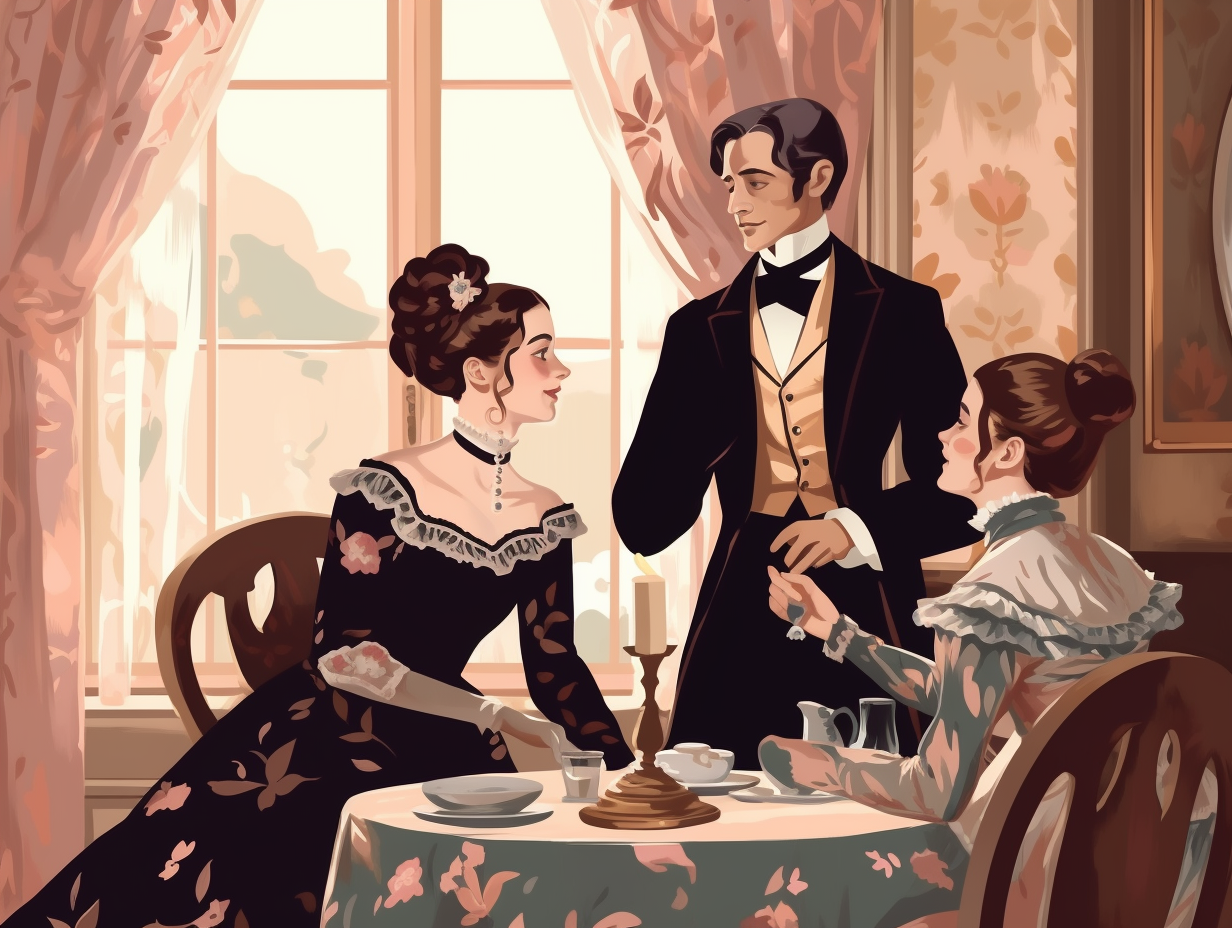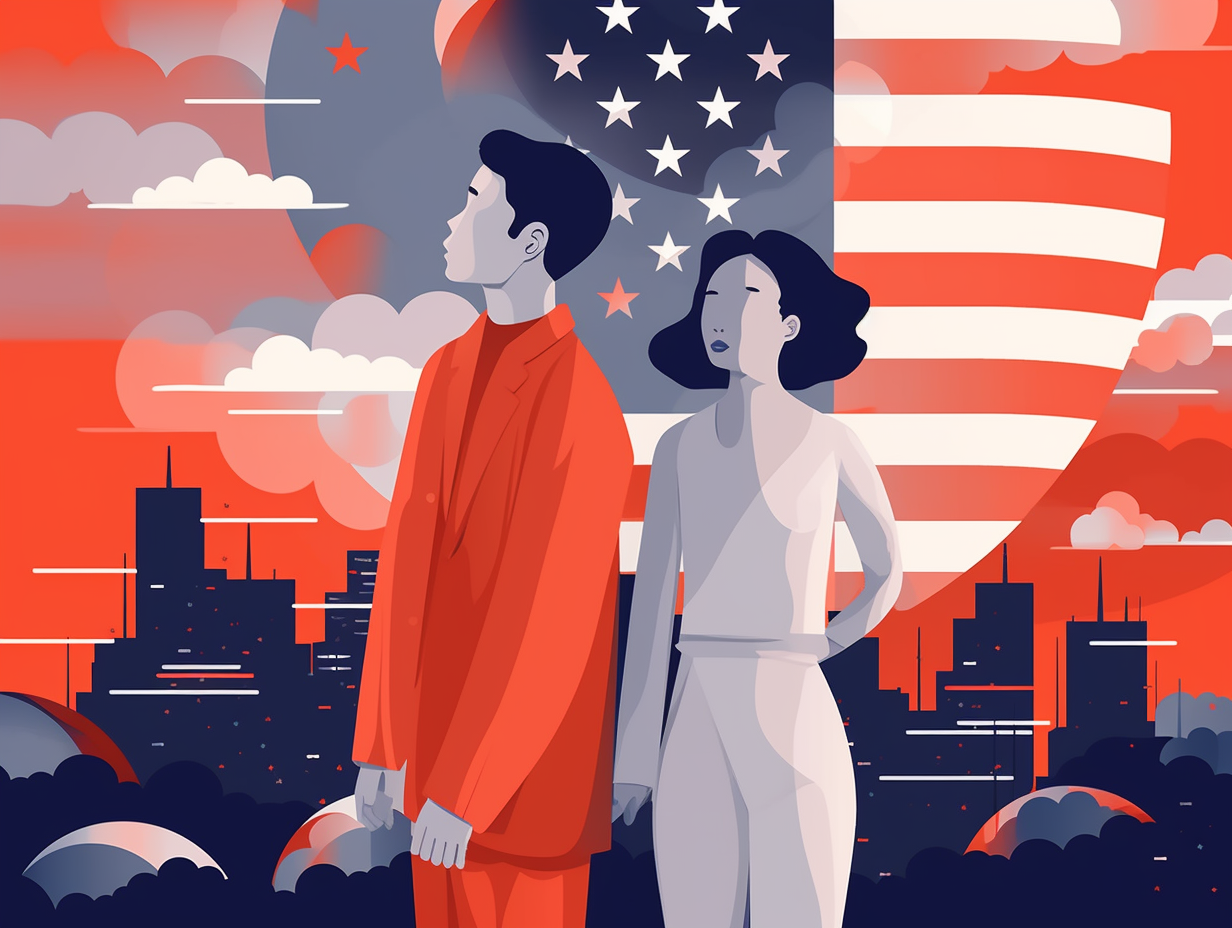Discover the Top 15 Fun Facts About the Greensboro Sit-In That Changed History

1. Time Traveling Counter
Who says you can't buy a ticket to the past? Time travel ain't just for Marty McFly: The site of the legendary Greensboro sit-in is now an interactive museum! The International Civil Rights Center in Greensboro, North Carolina, features a restored version of the Woolworth's lunch counter where the Greensboro Four boldly sat, as well as a piece of the original counter, which is displayed at the Smithsonian National Museum of American History in Washington, D.C.
Source => history.com
2. Lemonade from Lemons
When life gives you lemons, make lemonade - and when Woolworth's gives you segregated lunch counters, stage a sit-in! Seriously though: David L. Richmond, one of the four students behind the historic Greensboro sit-in, had initially aimed to attend a high school next to Woolworth's but was barred due to his race - a twist of fate that unknowingly led him to his pivotal role in fighting for justice and equality.
Source => americanhistory.si.edu

Did you know that Black History Month started as "Negro History Week" in 1926 by Carter G. Woodson? Discover more fascinating history facts today! 📚✊🏿💡
=> Fun Facts about Black-History-Month
3. Justice-Laden Lunch Counter
Who's up for a lunch counter that serves a hearty helping of justice with a side of equality? The Greensboro Four, of course: In February 1960, four North Carolina Agricultural and Technical State University students held a peaceful, civil rights sit-in protest at the F.W. Woolworth Department Store in Greensboro, leading to the desegregation of its stores and lunch counters just months later, and inspiring the widespread use of nonviolent tactics that eventually contributed to the passing of the Civil Rights Act of 1964.
Source => ncat.edu
4. Fearless Foursome
Who said four's a crowd? Certainly not the fearless foursome who made history at a lunch counter: The Greensboro sit-in, a nonviolent protest led by four young black students from North Carolina Agricultural and Technical State University, kickstarted the sit-in movement, inspiring similar protests in over 55 cities in 13 U.S. states within just three months and paving the way for desegregation of lunch counters in Southern United States.
Source => en.wikipedia.org
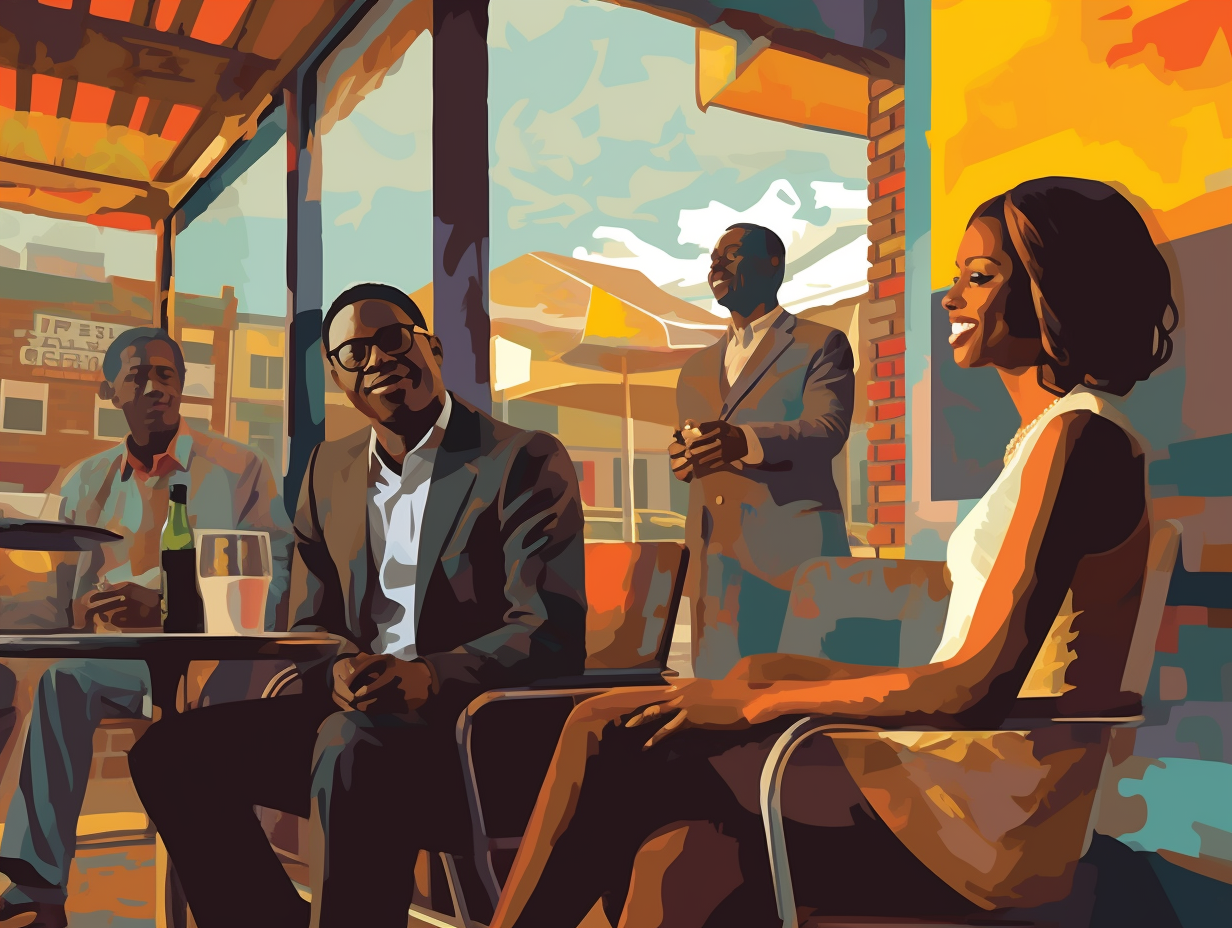
5. Snack Time Heroes
Who needs the Avengers when you've got the Greensboro Four swooping in to save the day, one lunch counter at a time? The true heroes of snack time activism: The Greensboro sit-ins led to the sit-in movement skyrocketing across 55 cities in 13 U.S. states within just three months, involving a staggering 70,000 gallant participants.
Source => en.wikipedia.org
6. Tough Committees
When the going gets tough, the tough form committees: The Greensboro sit-in sparked the creation of the Student Nonviolent Coordinating Committee (SNCC) in April 1960, thanks to Ella Baker, who believed that youngsters needed their own civil rights organization, separate from her Southern Christian Leadership Conference (SCLC).
Source => loc.gov
7. Fantastic Four of Greensboro
Who needs superheroes when you've got the Fantastic Four of Greensboro? No capes or masks, just brave souls on a mission to break the barriers of segregated lunch counters: Within six months, the Greensboro sit-in movement led by these four fearless fighters inspired desegregation in their city, as well as 54 cities across nine states, causing a major shift in the battle against racial inequality in the South.
Source => npr.org
8. Espresso Shot of Activism
In a lunch counter revolution that was anything but a food fight, four brave students turned a simple cup of coffee into an espresso shot of civil rights activism: On February 1, 1960, the Greensboro Sit-In at a Woolworth store in North Carolina marked the beginning of a widespread nonviolent protest movement, leading to the desegregation of public spaces and businesses across the United States – with the site now housing the International Civil Rights Center and Museum.
Source => sitinmovement.org
9. Counter Chronicles
Who says nothing good ever comes from sitting down on the job? Well, those who usually sit on lunch counters might beg to differ: The former Woolworth's in Greensboro, North Carolina is now the International Civil Rights Center and Museum, featuring a restored version of the lunch counter where the Greensboro Four sat, while a portion of the original counter has journeyed all the way to the Smithsonian National Museum of American History in Washington, D.C.
Source => history.com
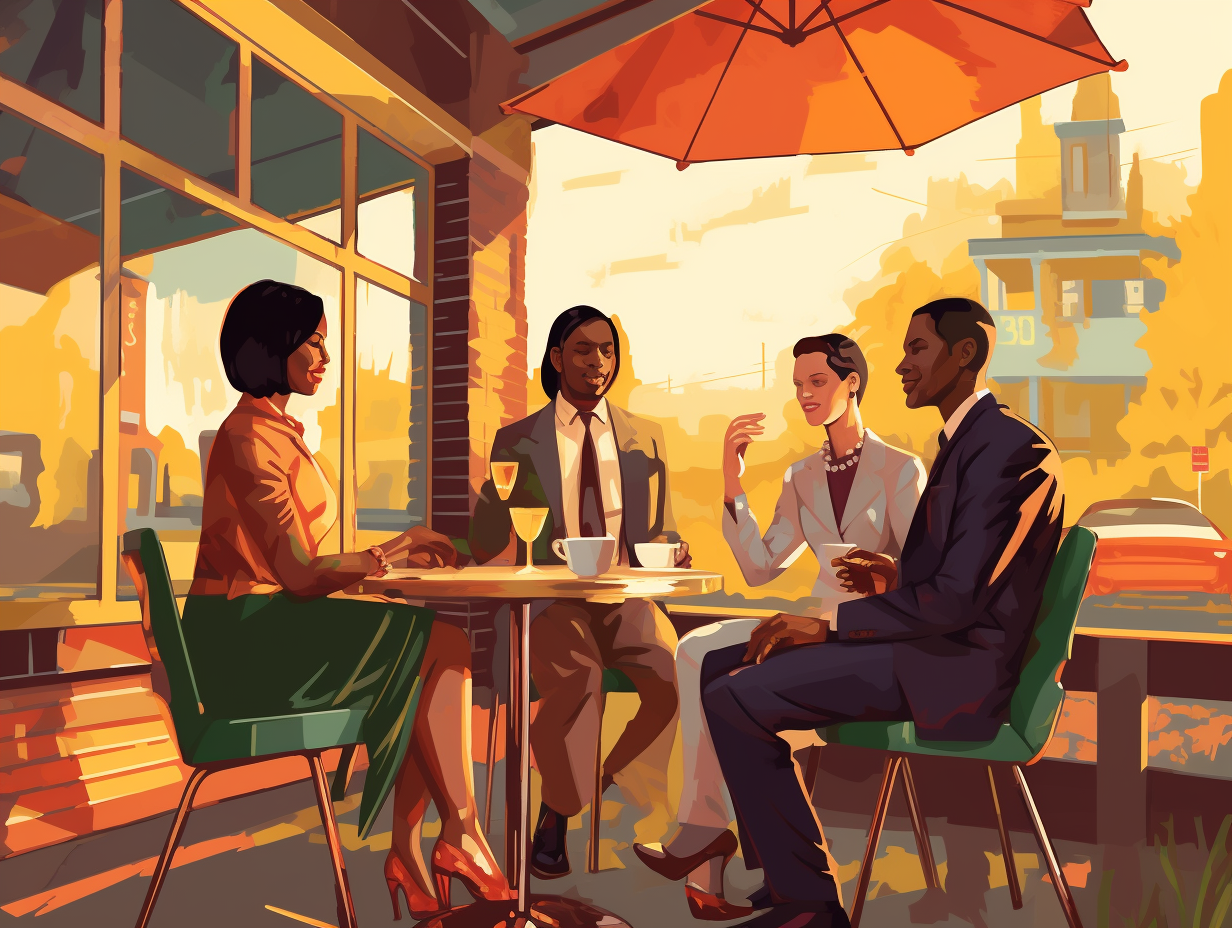
10. Sit-In Whirlwind
Imagine the Wright brothers challenging gravity, Spider-Man facing his first villain, or Scooby-Doo sniffing out a mystery: it all started small, but sparked something big! In a similar vein, the Greensboro sit-ins weren't the first of their kind, but they did launch a sit-in whirlwind that engulfed 55 cities in just three months: initiated by four courageous young students - Joseph McNeil, Franklin McCain, Ezell Blair Jr., and David Richmond - this nonviolent protest movement forced Woolworth to kick segregation to the curb and spawned the formation of the Student Nonviolent Coordinating Committee (SNCC), ultimately paving the way for the Civil Rights Act of 1964.
Source => en.wikipedia.org
11. Maverick McNeil
Move over, Top Gun: there's a new Maverick in town with a seat at the counter and a sky-high career! The twist: One of the courageous quartet who launched the Greensboro sit-in, Joseph A. McNeil, soared all the way to major general in the Air Force, retiring in 1994 and racking up a stellar collection of accolades including the Legion of Merit and Distinguished Flying Cross.
Source => americanhistory.si.edu
12. City Slicker Inspiration
In a classic case of "you can't sit with us," young Joseph McNeil got a taste of the real city slicker life in 1959 and brought it back to the South, determined to reunite lunch counters with their long lost color-blind love: As fate would have it, McNeil ventured to New York City where he experienced integrated dining bliss, which prompted him to team up with fellow activist Eula Hudgens (a seasoned traveler from the 1947 Journey of Reconciliation) and conspire with spirited students from Bennett College to carefully choreograph the famous Greensboro sit-in, under the watchful eyes of their activist mentors.
Source => history.com
13. TripAdvisor Champion
If TripAdvisor reviews were high school yearbook mentions, the Greensboro Museum would certainly be voted "Most Popular" in the charming little town of Greensboro: The museum, which opened in 2010, holds the prestigious title of being ranked number one out of the 65 attractions listed on the travel review site.
Source => nytimes.com
14. Soufflé of Activism
What do you get when you cross a Woolworth store with a hefty helping of history? A soufflé of civil rights activism and a sprinkle of museum magic: The building in Greensboro where the famous sit-in took place closed in 1993, but has been transformed into the International Civil Rights Center and Museum, featuring the original lunch counter where four brave freshmen sat and changed history.
Source => loc.gov
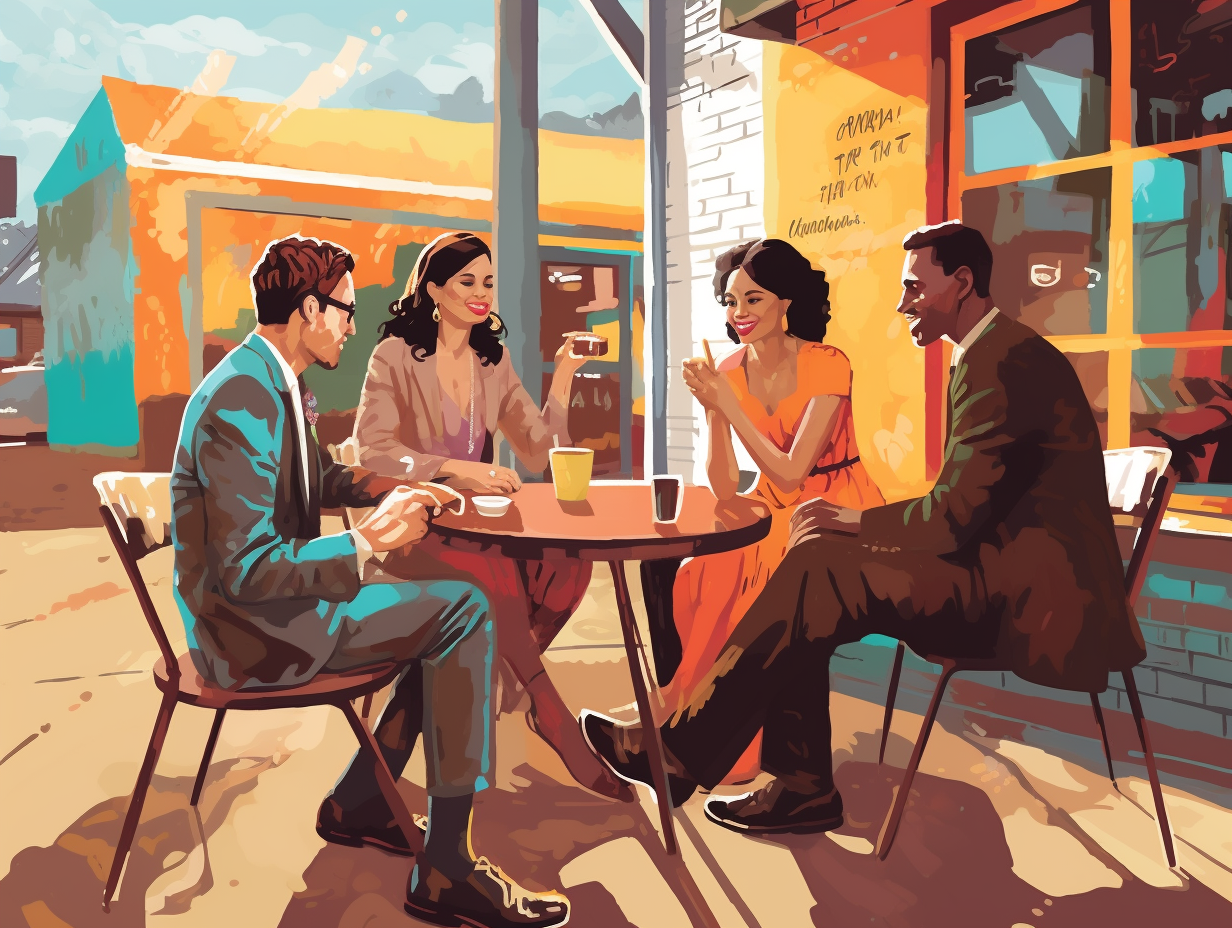
15. Time-Traveling Gem
In a twist that would make Marty McFly proud, a former Woolworth's store has traveled through time, transforming from the site of an iconic protest to a modern bastion of civil rights: This Greensboro gem now houses the International Civil Rights Center and Museum, featuring a restored version of the lunch counter where the Greensboro sit-in took place, and some original counter pieces residing at the Smithsonian National Museum of American History in Washington, D.C.
Source => history.com
Related Fun Facts





